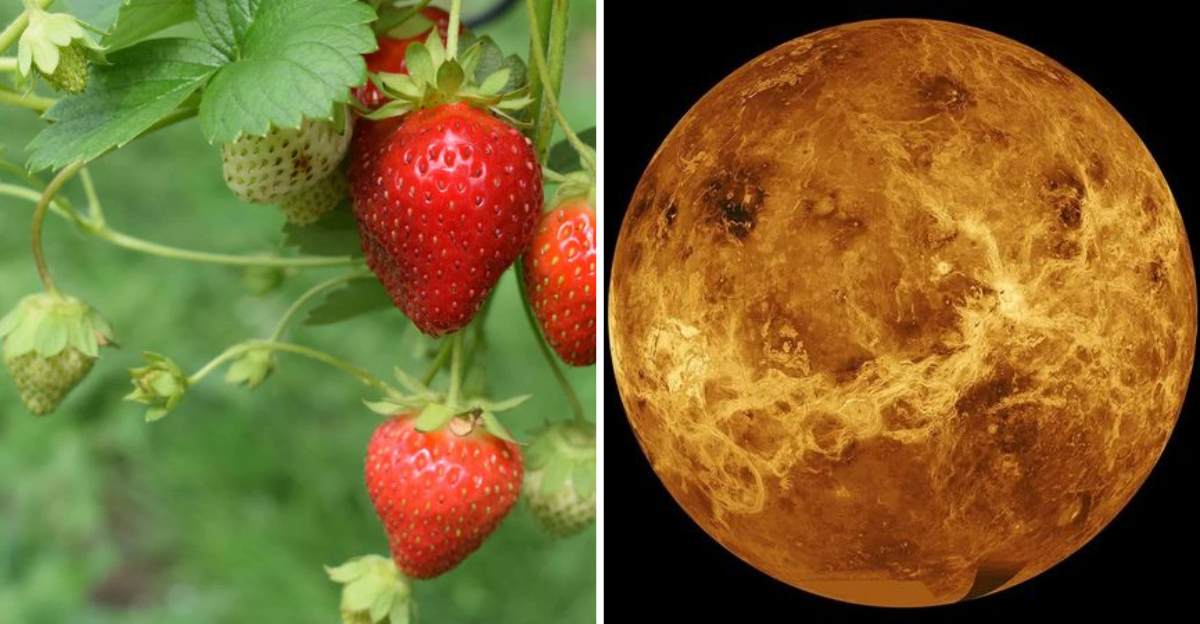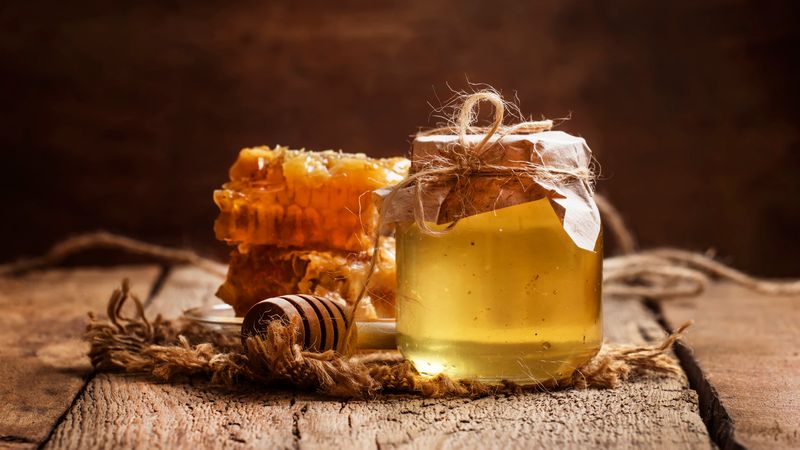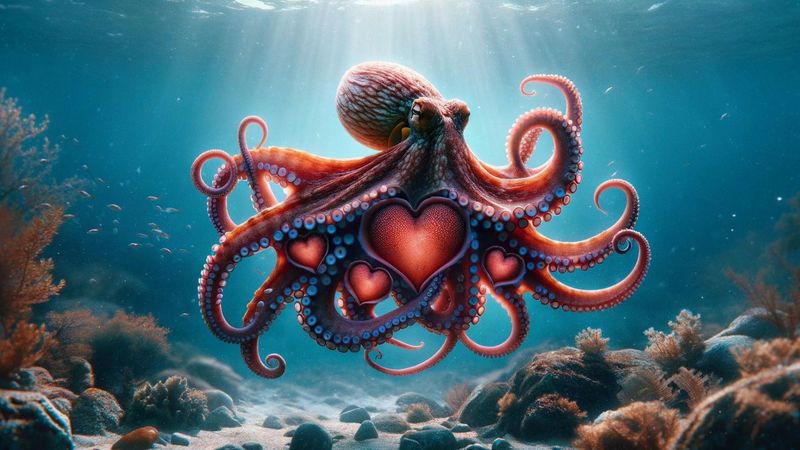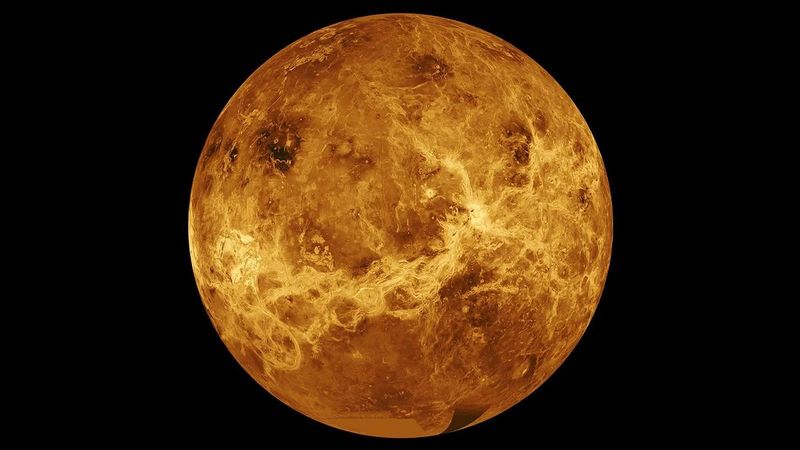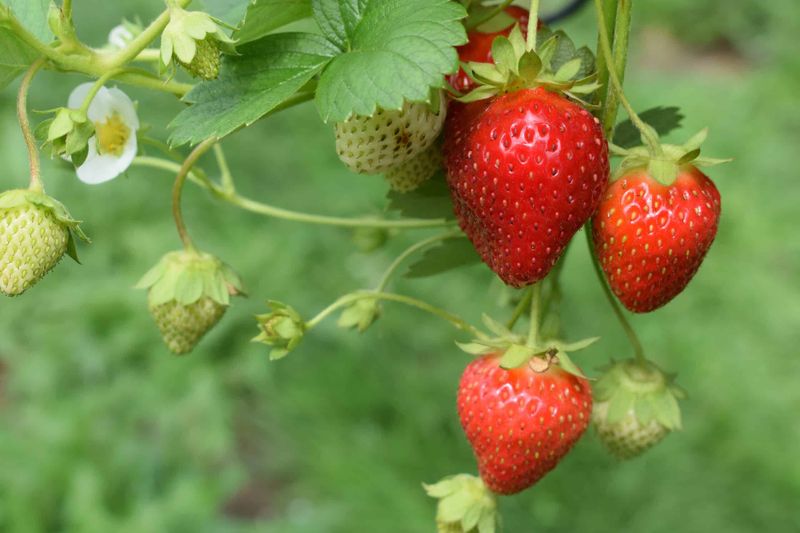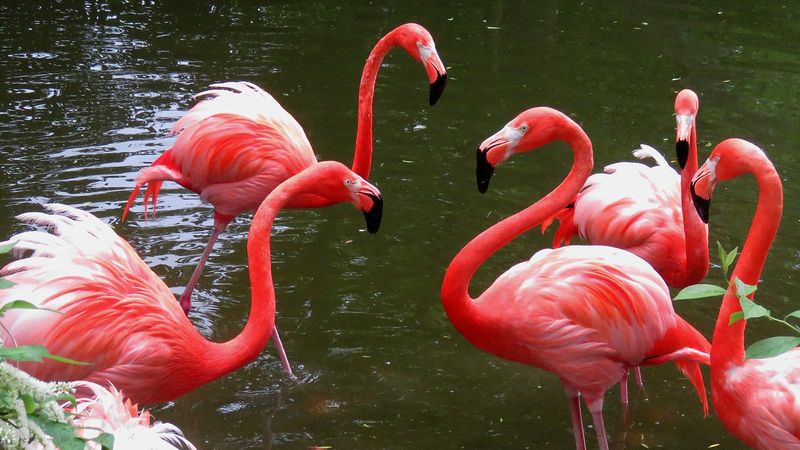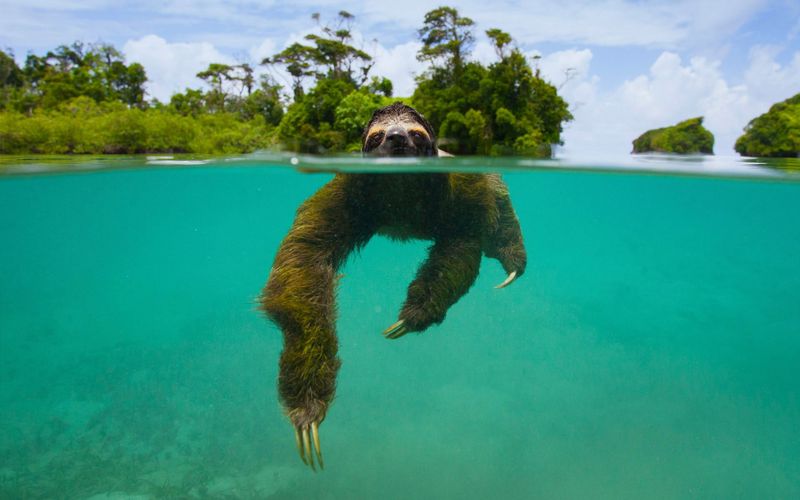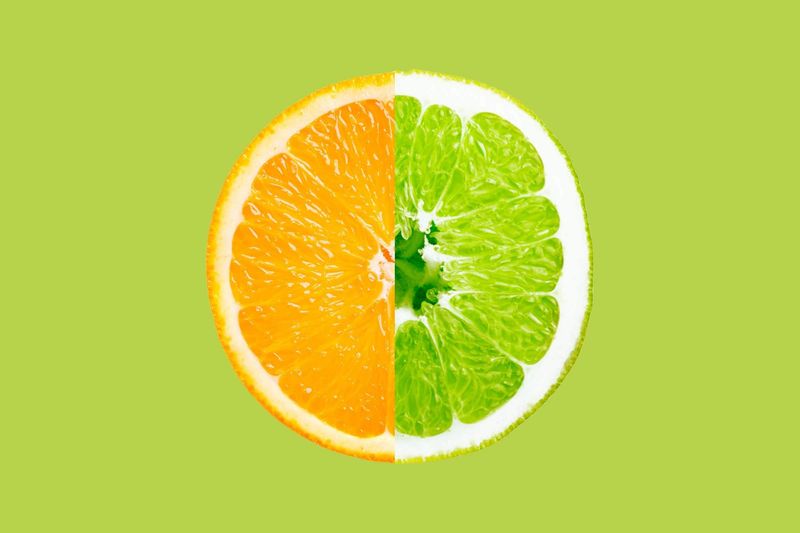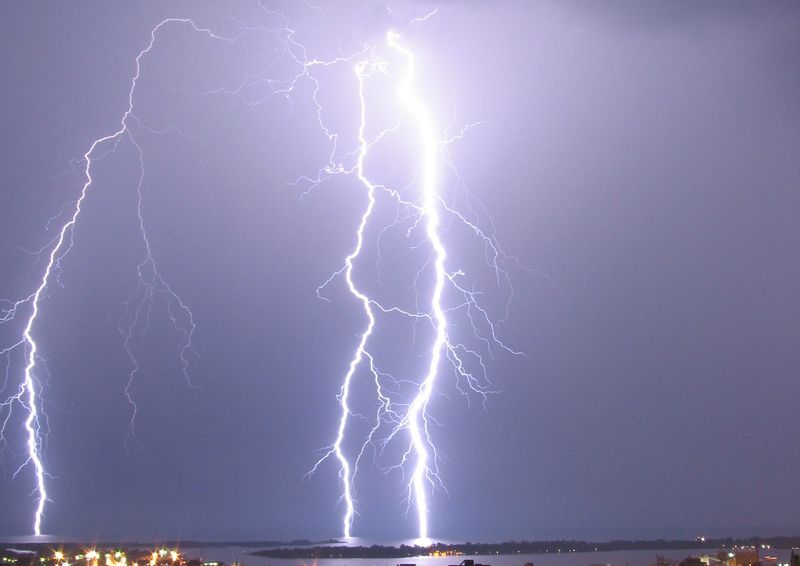Welcome to a delightful collection of 17 truly random yet fascinating facts that will enrich your knowledge and spark your curiosity! From the peculiar habits of animals to quirky historical anecdotes, these tidbits are sure to entertain and engage. So sit back, relax, and enjoy these little gems of wisdom.
1. Honey Never Spoils
Honey’s eternal shelf life is a sweet marvel! Due to its low moisture content and natural acidity, honey can remain edible for thousands of years. Archaeologists have discovered pots of honey in Egyptian tombs that are over 3,000 years old, still perfectly edible. This durable, golden elixir owes its longevity to the hardworking bees and the meticulous process of honey production. With its sweet taste and ability to endure through millennia, honey is a testament to nature’s incredible preservation methods.
2. Octopuses Have Three Hearts
Beneath the waves, the octopus leads a remarkable life with not one, but three hearts! Two of these hearts pump blood to the gills, while the third circulates it to the rest of the body. Interestingly, the heart that supplies the body stops beating when the octopus swims, which helps conserve energy. This unique circulatory system enables the octopus to be a master of its marine environment, showcasing nature’s extraordinary adaptations. These fascinating creatures continue to captivate scientists and ocean lovers alike.
3. Wombats Produce Cube-Shaped Poop
In the animal kingdom, wombats have a particularly unusual trait – they produce cube-shaped poop! This peculiar shape results from their unique digestive process, which helps prevent the droppings from rolling away. By doing so, wombats effectively mark their territory and communicate with other wombats. This quirky adaptation is a testament to nature’s ingenuity, turning something as mundane as droppings into a useful tool for survival. Wombats and their cube-shaped droppings continue to fascinate and amuse animal lovers.
4. A Day on Venus is Longer Than Its Year
On the fiery planet of Venus, a single day stretches longer than a year. Venus takes about 243 Earth days to complete one rotation on its axis, while it only takes around 225 Earth days to orbit the Sun. This means that, astonishingly, a day on Venus outlasts its own year. Such unique planetary dynamics offer intriguing insights into our solar system’s complexity and the distinct characteristics of its celestial bodies. Venus’s slow spin and rapid orbit make it a fascinating subject of scientific study.
5. Bananas are Berries, Strawberries Aren’t
Did you know that bananas are actually classified as berries, while strawberries are not? In botanical terms, berries are fruits that originate from a single ovary and contain seeds embedded in the flesh. Bananas fit this definition perfectly with their tiny seeds nestled within the soft, sweet flesh. In contrast, strawberries are considered aggregate fruits, formed from multiple ovaries of a single flower. This surprising fact challenges our intuitive understanding of these popular fruits and makes for a great conversation starter at any gathering!
6. The Eiffel Tower Grows in Summer
Standing tall in the heart of Paris, the Eiffel Tower has a secret: it grows taller in summer! Due to thermal expansion, the iron structure can expand by up to 15 centimeters (approximately 6 inches) during hot days. This seasonal growth is a remarkable example of physics in action, as the metal reacts to temperature changes. Despite this expansion, the tower remains stable and secure, continuing to attract millions of visitors from around the world. Its seasonal transformation adds to the allure of this iconic landmark.
7. Scotland Has 421 Words for ‘Snow’
In Scotland, the language is as rich and varied as its landscape, boasting an incredible 421 words to describe snow. From “sneesl” (to begin to rain or snow) to “skelf” (a large snowflake), these terms capture the nuances of Scotland’s weather and cultural heritage. This linguistic abundance reflects the deep connection between the Scots and their environment, showcasing the beauty of language in expressing our natural world. These words offer a glimpse into the intricate tapestry of Scottish life and tradition.
8. The Inventor of the Pringles Can is Buried in One
Fredric Baur, the inventive mind behind the Pringles potato chip can, took his creation to the grave—literally. Upon his passing, part of his ashes were buried in a Pringles can, fulfilling his unique request. This quirky homage to his innovative invention highlights Baur’s enduring legacy and sense of humor. It stands as a reminder of the impact a single idea can have and the personal connections people form with their creations, even in the most unexpected ways.
9. A Group of Flamingos is Called a ‘Flamboyance’
Flamingos, with their stunning pink plumage, form a “flamboyance” when gathered together. This colorful term perfectly captures the essence of these social birds, known for their elegant movements and striking appearance. Flamingos’ vibrant colors come from their diet rich in carotenoids, adding to their allure. Observing a flamboyance in the wild is a visual treat, showcasing the beauty of avian life and the wonders of nature’s palette. It’s no wonder flamingos continue to enchant birdwatchers and nature enthusiasts alike.
10. The Longest Hiccuping Spree Lasted 68 Years
Charles Osborne’s record-setting hiccuping spree is both fascinating and baffling. From 1922 to 1990, he experienced continuous hiccups, holding the record for the longest bout ever recorded. Osborne’s hiccups began after a fall, and despite numerous attempts to cure them, they persisted for an astonishing 68 years. His story is a testament to human resilience and the mysteries of the human body. Osborne’s unique experience continues to intrigue medical professionals and curious minds, standing as a remarkable chapter in medical history.
11. The Shortest War in History Lasted 38 Minutes
The Anglo-Zanzibar War, fought on August 27, 1896, holds the record as the shortest war in history, lasting a mere 38 to 45 minutes. This brief conflict occurred between the United Kingdom and the Sultanate of Zanzibar, ending swiftly with a decisive British victory. The war’s rapid conclusion underscores the power dynamics of the era and the swift resolution of some historical conflicts. This unique event remains a captivating footnote in the annals of military history, illustrating the unpredictability of warfare.
12. Sloths Can Hold Their Breath Longer Than Dolphins
In the leisurely world of sloths, an extraordinary ability takes center stage—they can hold their breath longer than dolphins. By slowing their heart rate, sloths can remain underwater for up to 40 minutes, surpassing dolphins, which typically hold their breath for about 10 minutes. This incredible adaptation allows sloths to thrive in their aquatic environments and highlights the diverse strategies animals develop for survival. The sloth’s unique lifestyle and surprising abilities continue to capture the imagination of animal enthusiasts everywhere.
13. The Unicorn is the National Animal of Scotland
In the realm of mythical creatures, the unicorn holds a special place as the national animal of Scotland. Symbolizing purity and strength, the unicorn has been a part of Scotland’s cultural identity since the 12th century. Featured on the royal coat of arms, it represents the country’s spirit and heritage. This enchanting creature, steeped in folklore, continues to inspire wonder and pride. The unicorn’s magical presence in Scottish tradition is a beautiful reminder of the power of myth and imagination.
14. The First Oranges Weren’t Orange
The first oranges, originating from Southeast Asia, were not the orange color we know today. They were actually a tangerine-pomelo hybrid and remained green even when ripe. In warmer climates like Vietnam and Thailand, oranges still retain their green hue through maturity. This surprising history of oranges challenges our assumptions about these citrus fruits and showcases the diversity of nature’s palette. It’s a vivid reminder that appearances can be deceiving, even in the world of fruits.
15. A ‘Jiffy’ is a Real Unit of Time
In the swift world of physics, a ‘jiffy’ is not just a casual term; it’s a real unit of time. Defined as the time it takes light to travel one centimeter in a vacuum, a jiffy is approximately 33.3564 picoseconds. This precise measurement highlights the rapid pace at which light moves and the meticulous nature of scientific inquiry. The concept of a jiffy adds a playful twist to our understanding of time, blending science with everyday language in a delightful way.
16. There’s a Species of Jellyfish That Can Live Forever
Turritopsis dohrnii, known as the “immortal jellyfish,” has captivated scientists with its ability to essentially live forever. By reverting its cells to an earlier state, this jellyfish can bypass death and potentially achieve immortality under the right conditions. This remarkable regenerative ability showcases the incredible diversity of life on Earth and the endless possibilities of evolution. The immortal jellyfish stands as a symbol of resilience and the mysteries that lie beneath the ocean’s waves, inviting further exploration and discovery.
17. The Majority of Your Brain is Fat
The human brain, a marvel of complexity, is also the fattiest organ in the body, with about 60% of its composition being fat. This high fat content is crucial for building and maintaining the brain’s cell membranes, ensuring proper function and communication. The brain’s fatty structure supports its role as the command center of the body, orchestrating thoughts, emotions, and actions. Understanding its composition sheds light on the importance of nutrition in supporting brain health and cognitive function.
